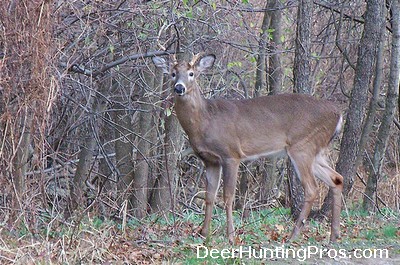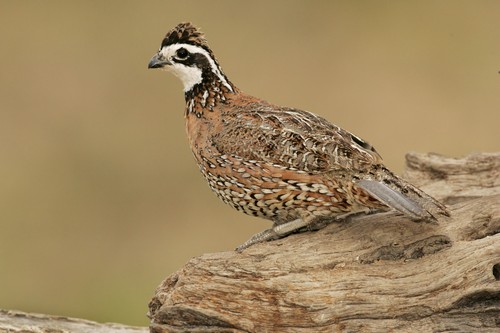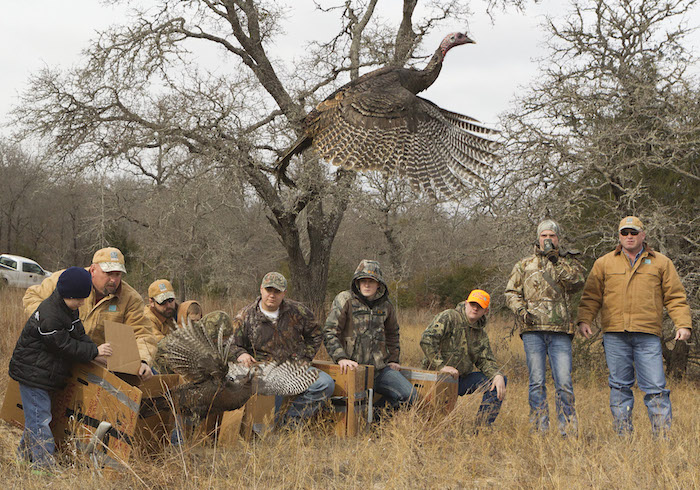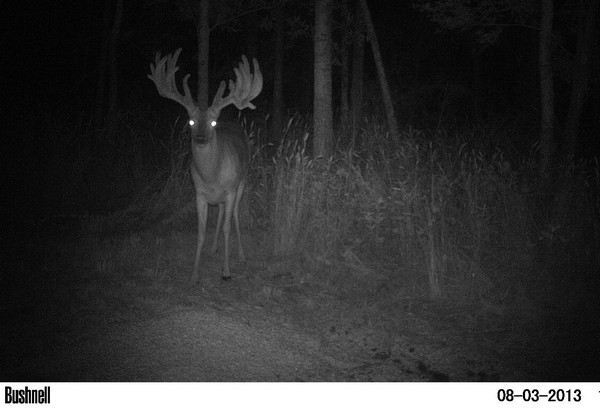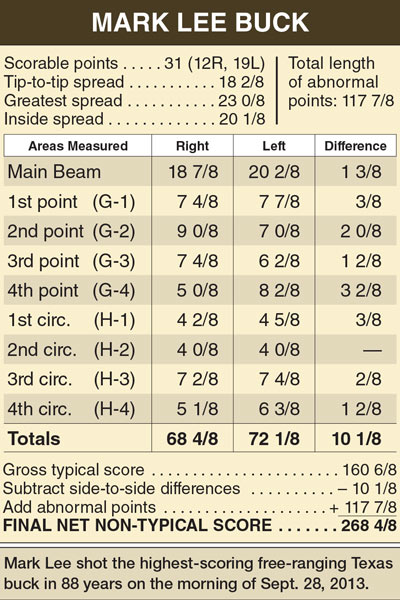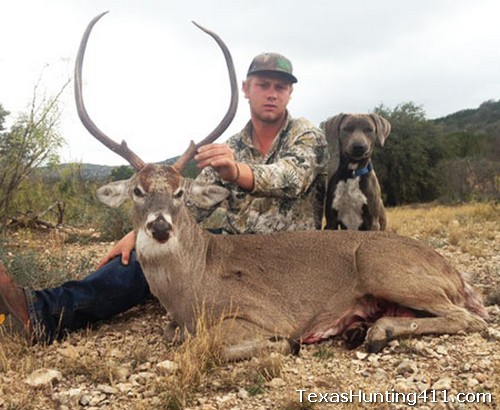Texas is known for producing high quality white-tailed bucks, but data shows that deer hunting is getting even better! The number of mature bucks harvested last year continues to rise, while the number of yearling bucks continues to fall. That trend could continue if the wet weather holds up this year and another good fawn crop throws off yet anther robust cohort of fawns. To put things in perspective, buck fawns born this year will be mature during the 2020-21 hunting season!
But Texas is not the only place where deer harvest management is paying off. Much of the U.S. is seeing similar trends with the percentage of mature bucks in the annual harvest going up. Increased habitat and population management along with hunter awareness are likely spurring the increase. Quality, mature bucks are king in deer hunting right now, and hunters are allowing them to get there.
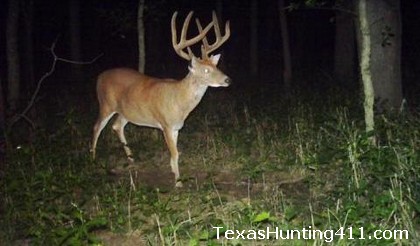
Source: American deer hunters are killing the highest-ever percentage of bucks age 3½ and older, according to data gathered by the Quality Deer Management Association (QDMA) for its 2015 Whitetail Report, now available online.
In the 2013-14 season, the most recent season with complete deer harvest data available from all states, 34 percent of bucks harvested in the states that collect buck age data were 3½ or older. That statistic is up from 32 percent the season before, and significantly up from a decade before in the 2003-04 season, when only 23 percent of the national buck harvest was mature. These gains have been made while the percentage of yearling bucks (1½ years old) in the harvest has steadily declined, reaching a record-low of 36 percent.
“This is a testament to how far we’ve come as hunters in the past decade,” said Kip Adams, QDMA’s Director of Education & Outreach, who compiles the annual Whitetail Report. “More hunters are choosing to protect yearling bucks, and they are being rewarded by seeing and killing more of them as mature animals.”
This trade-off can be seen in state-by-state data. The five states with the lowest percentage of yearling bucks in the antlered buck harvest, according to QDMA’s Whitetail Report, are also the top-five states in percentage of mature bucks: Louisiana, Arkansas, Oklahoma, Texas and Kansas.
